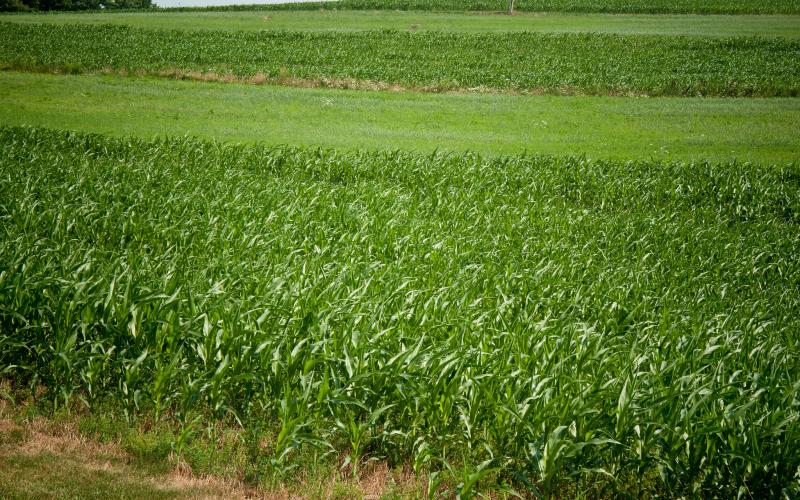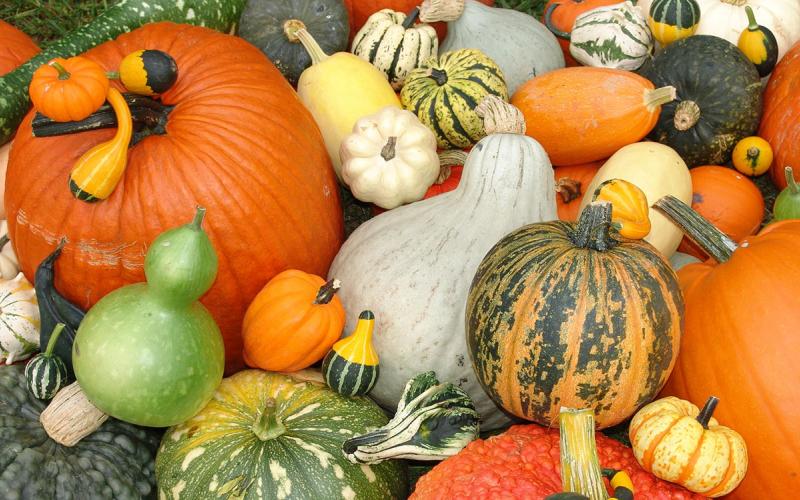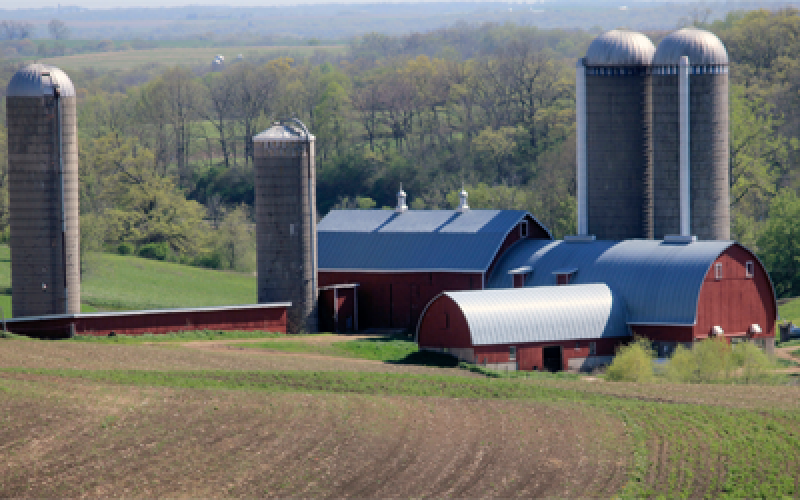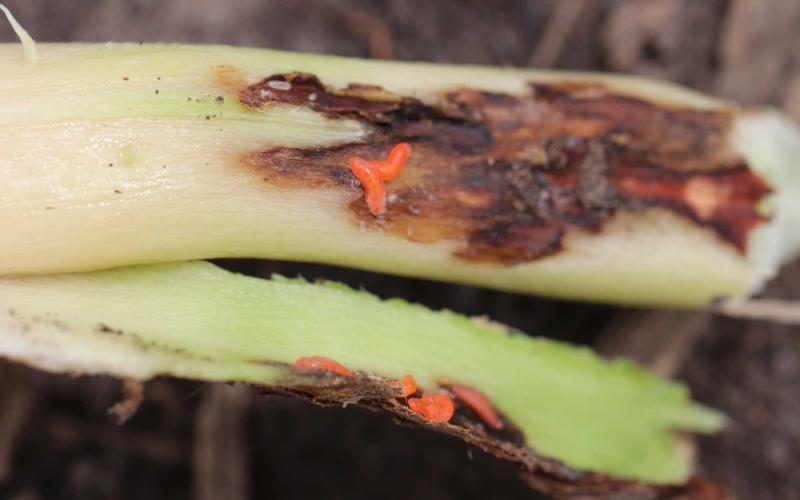Search

Crop Rotation Potential: Improving Soil Health & Farm Profitability
Two-year corn-soybean rotation coupled with heavy chemical inputs has become the routine practice of agricultural production in the Midwestern United States. According to USDA/NASS data, corn and soybean prices received by producers in South Dakota both reached the peak levels of $7.39 and $16.00 per bushel, respectively, in August, 2012.

Pumpkins, Winter Squashes and Gourds: How to Grow It
There are many varieties of pumpkins, squashes and gourds available for planting in the garden. Learn how to select, plant, grow and harvest them in this article!

Managing Water with Soil Health
If we are seeing so many benefits to drainage and soil health systems, why isn’t everybody doing it? Can we see a win-win-win situation when looking at habitat, agronomy, and water quality in a system?

Foreign Grain Beetles in New Construction
As new homes are constructed around South Dakota, we continually receive questions about small, brown insects showing up in bathrooms and basements. These insects are foreign grain beetles.

Precision Agriculture and Zone Management
Precision agriculture tools can address the variations in a production system to enhance plant growth and crop yield. Zone management controls the variable rate of inputs for optimal performance within a defined field zone.

Prepare for Early Spring Blooms by Planting Hardy Bulbs in the Fall
Don’t put away your gardening tools quite yet! Fall is the perfect time to plant hardy, spring-flowering bulbs.

Farm Structure Trends
Farm decisions are often undertaken with a very long outlook. The purchase of land or a change in a cropping system are not choices done with short-run gains in mind. As a result, structural changes in agriculture are often slow to occur and to observe.

Soybean Gall Midge in South Dakota
Fact sheet about soybean gall midge in South Dakota
Aphanomyces Root Rot of Alfalfa
Fact sheet on Aphanomyces Root Rot of Alfalfa

Creating Management Zones Using Electrical Conductivity
The first step to practicing zone management is to identify the variations that control yield. There are various methods for characterizing soil variations within a field, and among them, electrical conductivity measurement is one of the most-reliable.